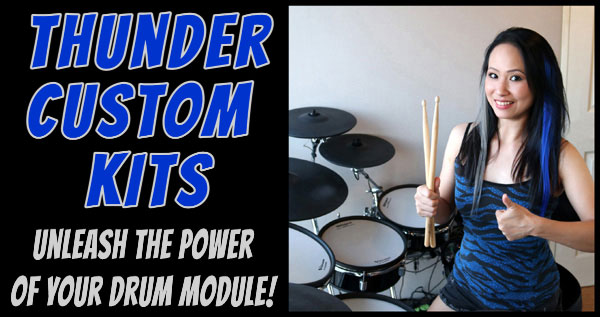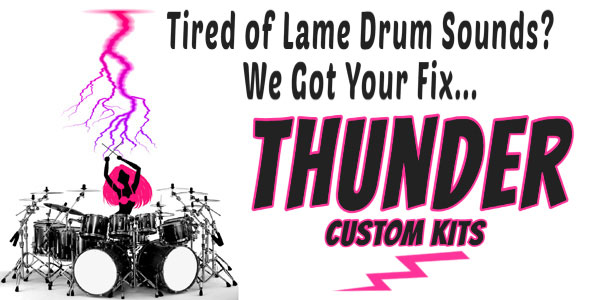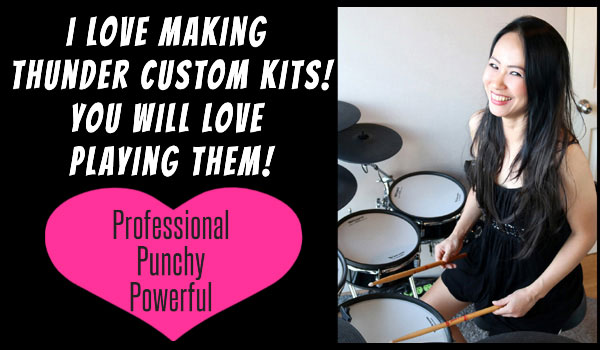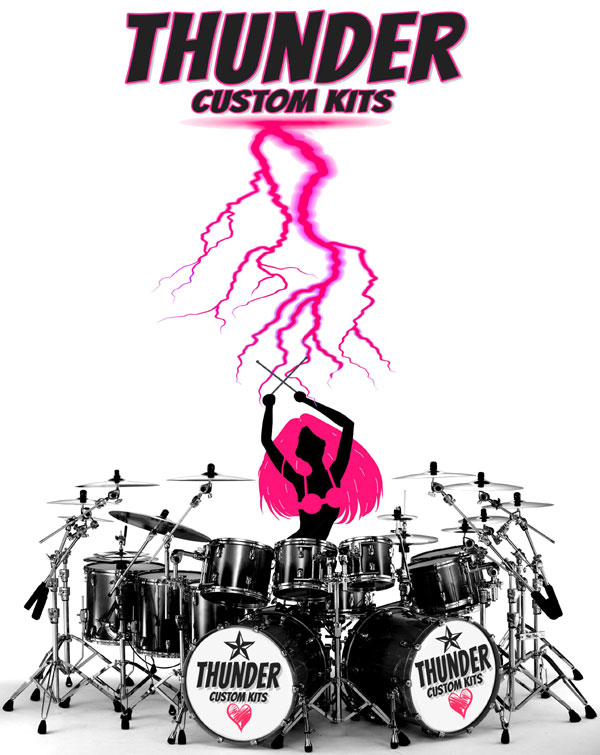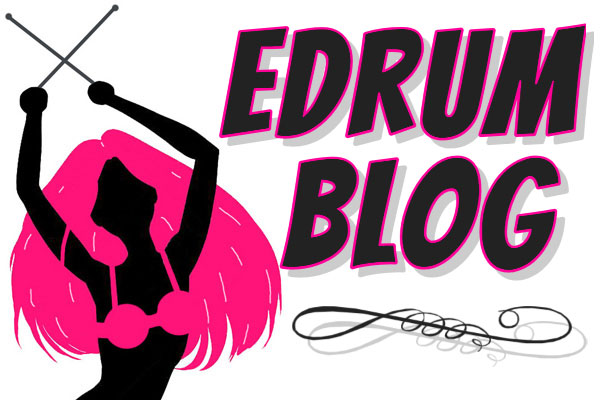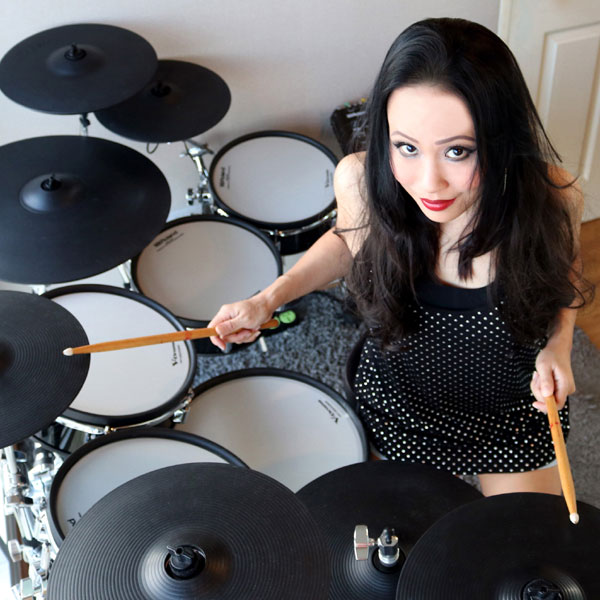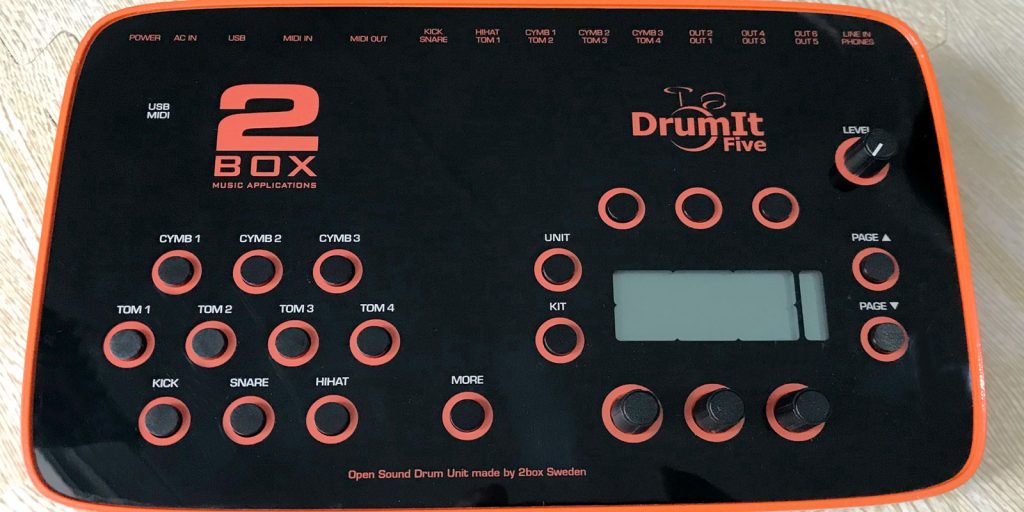
What are the most important drum modules features? Well, that depends on what you will use your module for and what level of drummer you might be. Some drummers have niche needs that are absolute necessities, while more universally desired features might not actually be needed at all. However, there are certainly features that have wide appeal and those are the ones that I will focus on during this edrum blog post.
If you are in the market for a new drum module or are just interested in the features that are available, then this post will help to get you up to date on the best features to look for now and into the near future.
My Favorite Drum Module Features
Almost all edrum modules will have standard features, such as the ability to change drum sounds, change drum kits, model the sound to one degree or another and connect other devices to the module and the module to other devices. These features are mostly expected, but the functionality of these features ranges greatly. Additionally, there are many additional features that are available on some modules, so let’s begin by listing some of my favorites:
I love a large library of quality sounds. The trend by some manufacturers, ( Roland…) is to provide less sounds with each new generation of module. Years ago, even rudimentary modules like the TD-6V and TD-8 had well over a thousand useable sounds. Not elements or effects, but actual drum sounds! Now, many modules only offer a couple hundred sounds, half of which may be undesirable or unusable (Beep! Boop! No…) One of the biggest failures of the TD-50 module was its tiny sample library. I was aghast when I first saw it! This issue was fixed to some extent by the TD-50X, but I feel, the sound library is still way too small for such an expensive module. Manufacturers tend to skirt this issue by saying that you can add user samples, which you surely can. However, since this most often means 1 shot samples instead of multi-layer samples, the feature is not very realistic or useful to most drummers. If user samples are important to you, definitely consider a module that accepts multi-layer samples, like 2Box, Alesis Strike and some Yamaha offerings. Take away: Look for a large sample library onboard if you plan on using the module sounds!
Sliders are awesome and are only typically found on higher end modules from quality manufacturers. Sliders allow for easy on-the-fly adjustment of sound and prevent menu deep diving, especially at inopportune moments, such as during a performance. There is now a trend towards virtual sliders that are powered by a touch screen, but I prefer the good old reliable and easy to access mechanical controls, such as those on the TD-50X or Alesis Strike.
Enough inputs are always awesome to have. How many are enough? Well, for us metal drummers with big kits, there is NEVER enough! The average drum module accepts between 9 to 10 inputs, which is WAY too few in my humble opinion. Every module should accept at least 12 to 14 inputs, but this is the unfortunate limit and typically only offered by flagship modules with flagship price-tags. There are other ways to add more pads using a second module, drum splitters or using MIDI, but it would be great to have all your needs met by a single, capable module. The ability to split zones (split rim and head) will expand your ability to add more triggers beyond the modules native capacity. You can see my blog post detailing the use of trigger splitters for more info on this topic.
Good build quality is important, especially if you move the module often, such as taking your set to practice or perform at different locations. The module is the most important and often worst quality manufactured element of an edrum kit. No module = No sound. Poor build quality might cost you everything at the worst time. In my opinion, nothing beats the build quality of the Roland flagship modules (armored tanks!), but the ATV AD5 module certainly comes close. The Pearl Mimic is also very road-worthy.
Other Noteworthy Drum Module Features
Some users require special features and are willing to forsake others in order to get them. Here are some common examples:
Multi-track output over USB is great. It is especially awesome for people who record their drums to a DAW in a home studio. The best modules can provide more than 20 tracks of USB MIDI to your DAW to separate each trigger for complete mixing, editing and processing control. This is a super feature! My Roland TD-50X provides 32 separate channels of USB MIDI capability!
Direct outputs, balanced outputs, and alternate types of outputs are great for gigging. Direct outs give your sound engineer the ability to separately mix and process your drum sound to accommodate every type of environment. Want to emulate a traditional mic set up on an acoustic drum kit? Do you trigger loops or use a click track live? You will need direct outs with routable selections for what sound goes to which output for best results.
Non-proprietary triggers are best in any module design. This allows you to use other brands of drum triggers, pads and acoustic conversions easily. Roland design has become the standard that many other brands use to judge trigger compatibility. Proprietary triggers, like Yamaha snares with dual switches and Yamaha hi-hat controllers, have prevented the brand from attaining the success it may otherwise have seen. Similarly, I wonder what EFNote was thinking when it designed its hi-hat with an extremely unique pin connector. At least EFNote made it possible to accommodate alternate triggers instead,, which was a great example of enlightenment during the design process!
I extensively program modules when making Thunder Custom Kits. I do tons of copying and pasting of data into the modules and this requires a very flexible copy menu, like the amazing one featured in the Roland TD-50X module. This allows copying of kits and instruments of course, but also specific parameters like compression, ambience and instrument sets. On modules where these features are not available, it takes me exponentially longer to do my job as a sound designer and aggravates the hell out of me, as well! Lol…
SD card or USB drive functionality is a big deal for me too. Without the ability to back-up kits, users can not truly customize their module to a large degree. It also means that I can not make or sell custom kits for the module. This is such an easy and inexpensive feature to add, but this fact did not prevent Roland from omitting it on its TD-07 module. This is really too bad, since now I WILL NOT support it with Thunder Custom Kits and will not recommend people buy it for this reason. Even worse, the module is otherwise very capable for an entry level addition to the market! Terrible choice Roland!!!
What About Bluetooth?
Bluetooth is basically generally available, but surprisingly not on all modules. My expensive TD-50X does NOT have Bluetooth! What??? Furthermore, Bluetooth is largely misunderstood by people who buy drum modules, as well.
In most cases, Bluetooth only allows users to stream music from their phone or device to the module for play-along applications. While this is fine, it is not a big deal, since a single analog cable can easily accomplish the same objective. Furthermore, the Bluetooth connections are often finicky and sometimes drop out mid song, which sucks and really kills the mood to play. I know several drummers who have Bluetooth modules, but opt for an input cable simply because it works better. Some modules allow Bluetooth streaming of sound data to a computer for recording purposes. However, the idea of using Bluetooth headphones, for example, is not useful, since modules do not support this functionality. Latency would make the drumming experience completely impossible. In a year or 2, these facts might change, since tech is always evolving, but as of now, this is the way it is… Personally, I could care less about Bluetooth and rather NOT pay the stupid licensing fee!
I hope that this post helps to provide food for though about what it most important to you. There is no “best drum module”, but there may indeed be a “best drum module for you”. Let me know If you need help finding it!

